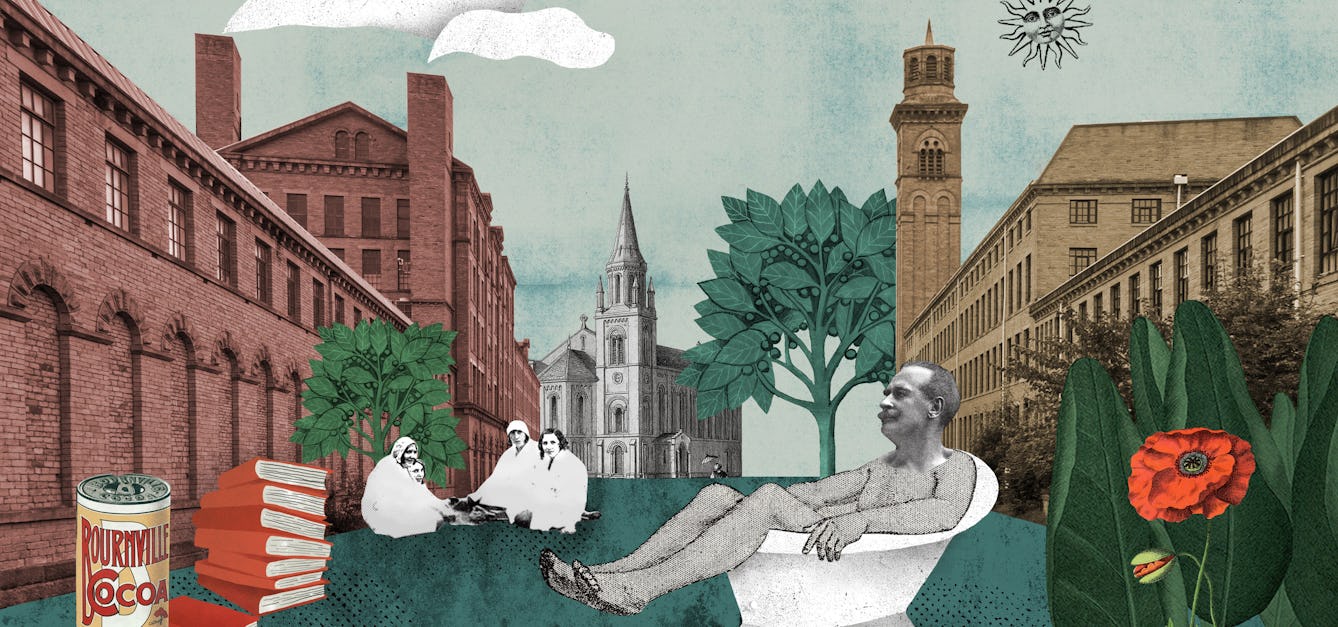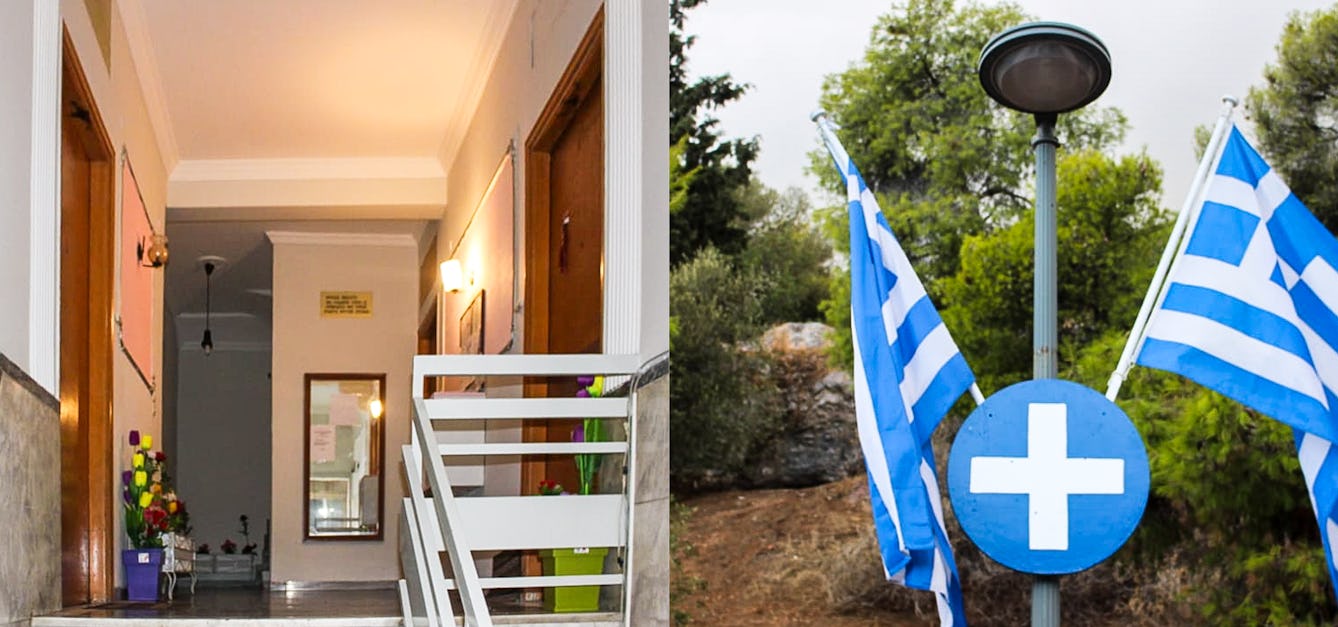Stories

- Article
Homes for the hives of industry
By building workers’ villages, industry titans demonstrated both philanthropy and control. Employees’ health improved, while rulebooks told them how to live ideal lives.

- Article
The housing that gives hope to refugees
A safe place of one’s own can be a source of healing and hope. George Kafka reports on two Athens-based projects helping displaced people by putting housing first.

- Photo story
The spectacle maker
Born into the eyewear business 80 years ago, Lawrence Jenkin still designs and makes glasses, while supporting and inspiring the generations of designers following him.

- Article
Our endless quest for eternal youth
From poisonous 16th-century cosmetics to the latest “vampire facelift”, discover the fashions in unsavoury methods for improving our appearance.
Catalogue
- Books
Small animal dermatology / George H. Muller, Robert W. Kirk, Danny W. Scott.
Muller, George H.Date: 1983
- Books
- Online
Specification of Andrew Small : removing excreta.
Small, Andrew.Date: 1868- Archives and manuscripts
George H Swasey, Large or Small Families? Legitimate Methods of Birth Control Bradford: The Liberator League
Date: c. 1910sReference: PP/EPR/G.67Part of: Eileen Palmer: collection of material on birth control, including papers of Edith How-Martyn and Olive Johnson- Archives and manuscripts
Small portrait mounted on card (photographer unknown)
Date: c.1917Reference: WTI/SGB/A.26/3/1Part of: Browne, Stanley George, CMG, OBE, MD, FRCS, FRCP, DTM (1907-1986)- Books
The story of man's mind / by George Humphrey.
Humphrey, George, 1889-1966.Date: [1923], ©1923









